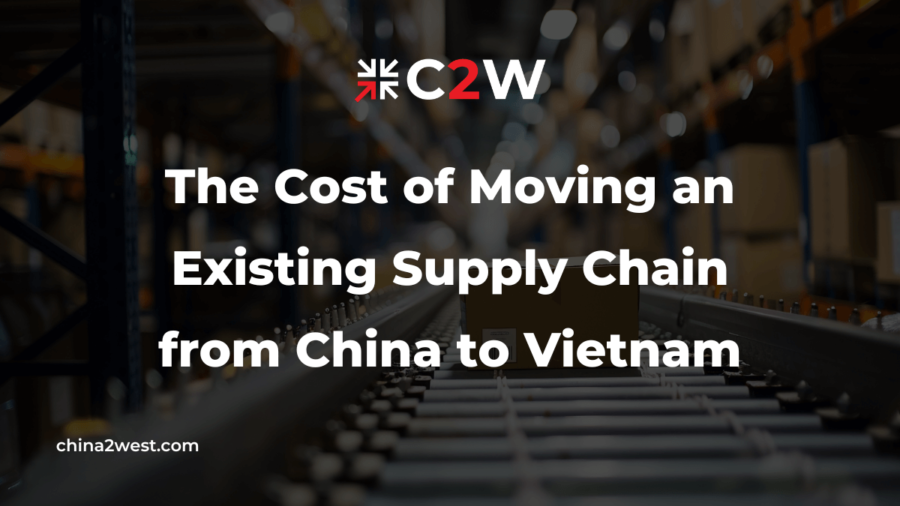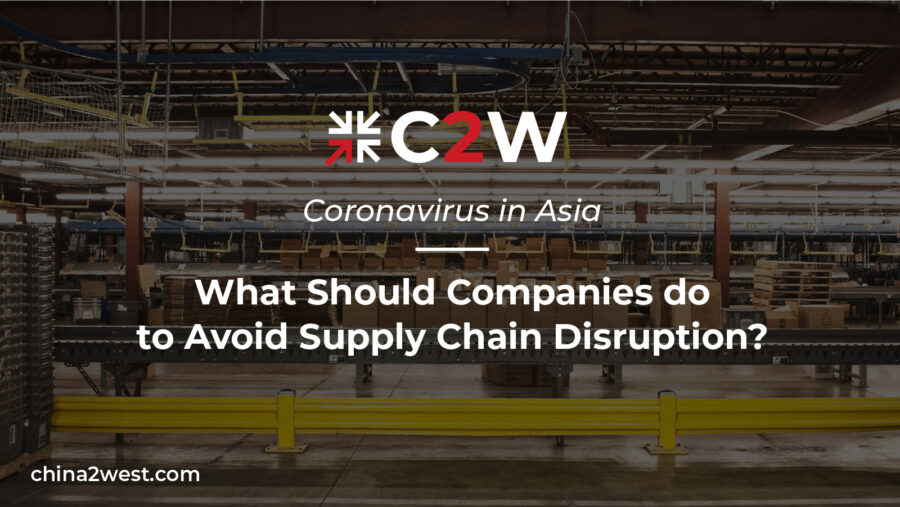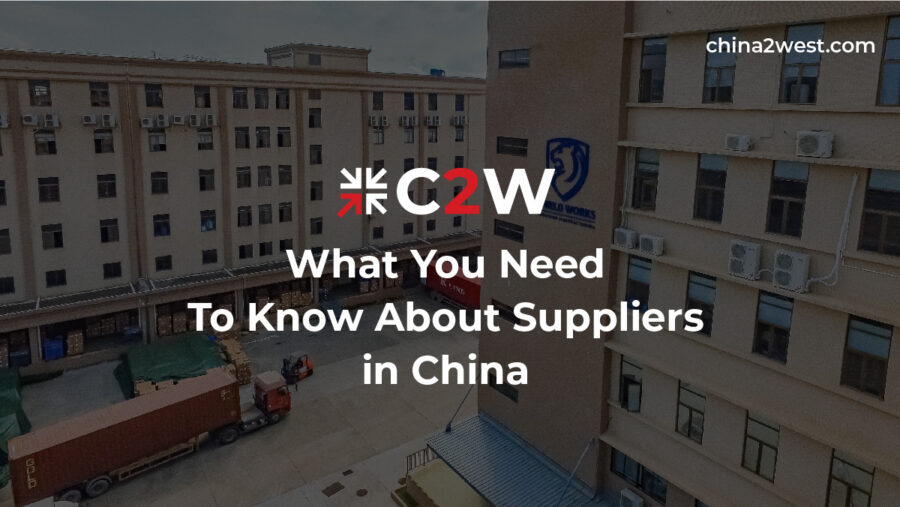In recent years, there has been a surge in the number of companies relocating an existing supply chain from China to Vietnam. This is a result of a number of factors including Chinese wage rises, the US-China trade war and problems surrounding intellectual property protection.
For a detailed comparison between China and Vietnam please view our ‘manufacturing in China vs. Vietnam’ blog.
The current blog aims to discuss a number of costs you should consider before you commit to moving an existing supply chain from China to Vietnam.
Wages and Labour costs
China dominated the manufacturing scene for decades predominantly because of its low-cost advantage. Few countries could compete with these profitable values meaning that manufacturers from all over the world would consider China as the no-brainer choice. The basis of such low-costs were mainly due to low wages and labour costs.
However, since 2011 China’s wages have increased by a hgue 60%. The result of this was that other countries, such as Vietnam, were able to compete with China’s costs because in 2019, Vietnam’s minimum monthly wages were sometimes half that of China.
For example, the highest wage rates in Vietnam were in areas like Ho Chi Minh City at around $180 but due to varieation between regions, some areas were even as low as $125 per month. This is comparatively lower than the 2019 Chinese minimum wage rates.
Stability of wage
When looking at wage alone, Vietnam not only offers saving potential but also appears to offer a sense of stability in wages that China seems to be lacking.
Comparing the rate of wage growth in Vietnam and China highlights the slow stabilisation of growth in Vietnam. Over the past three years Vietnam’s minimum wage rates have grown from 7.3% (2017), down to 6.5% (2018) and currently sit at a 5.3% increase in 2019.
Although these rates still indicate an overall growth in wage they are indicative of more stable financial growth than China. China’s annual growth in minimum wage does also vary across regions however, generally this is at a far less stable rate. This is important to consider in terms of wage costs.
Importation Costs
A key misconception in the transferal from China to Vietnam is that this offers a level of security and protection from the ongoing US-China trade deal.
As Vietnam continues to rely on Chinese imports for key components it is likely that it will be indirectly affected by the US-China trade war. Therefore, the trade war should not be the only factor driving your ambition to move existing supply chains from China to Vietnam.
The cost of importation will no doubt increase the cost of your items per unit. Vietnam relies on and extensive number of importations from China including core materials and it has been suggested that 70-80% of the fabrics used in Vietnam’s clothing industry are imported with the majority of these imports coming directly from China.
Machinery
Vietnam’s manufacturing industry is far less mature than that of China and consequently, lack quality in areas such as machinery. This may mean working with facilities with poor machinery and tools or a reliance on paying for importation of machinery.
China 2 West has a regional office in Ho Chi Minh resulting in reliable communications and personal links in Vietnam. If you choose to work with China 2 West in Vietnam then you can rely on good quality facilities and workers.
Quality Control
Due to different standards of inspection, quality control in South-East Asia can often lack in…well…quality! However, C2W’s western owned and managed offices means that all of our offices believe in western standards of quality, service and inspection.
Relocation
Discussing the cost of relocation is a difficult topic as it will vary significantly depending on a number of factors unique to your company.
For instance, if you were to find an identical manufacturer in Vietnam offering the same machinery and materials as your current manufacturer, then relocation costs would be significantly less than that of a company seeking to relocate these components. Some companies may even wish to send specific skilled works to Vietnam to continue business.
You should have a detailed and extensive list of the types of relocation you may wish to do and be sure to consider all costs when making a final decision to relocate from China to Vietnam.
China 2 West can help you in this process and offer a huge amount of services. Check out our ‘Services’ page to see the wide range of services we provide and how we can be of assistance in supply chain management, fulfilment processes or sourcing in Vietnam.
Facility development
A similar argument is true for facility development costs in Vietnam. Details and specifications regarding the necessary development of your business will largely impact costs.
You should also consider the future of your business and the likelihood of future development. It would result in larger costs in the long-term to relocate for a second time in the future if your business grew and required a new facility rather than relocating to a facility which could handle the future development and growth of your business.
Conclusions
-Moving an existing supply chain from China to Vietnam can have a number of benefits including a reduction in costs in a number of areas.
-It is important to consider the specific requirements of your move to know whether relocation would be fincancially beneficial.
-C2W work in a number of locations outside of China.
To discuss moving an existing supply chain from China to Vietnam you can contact us directly.




